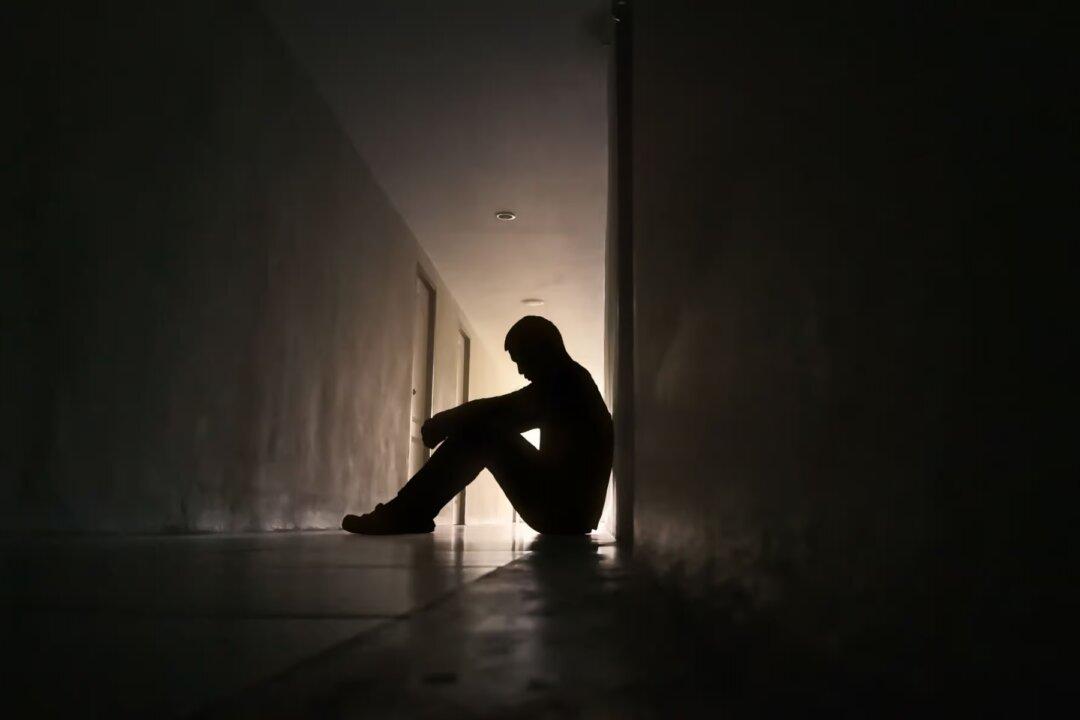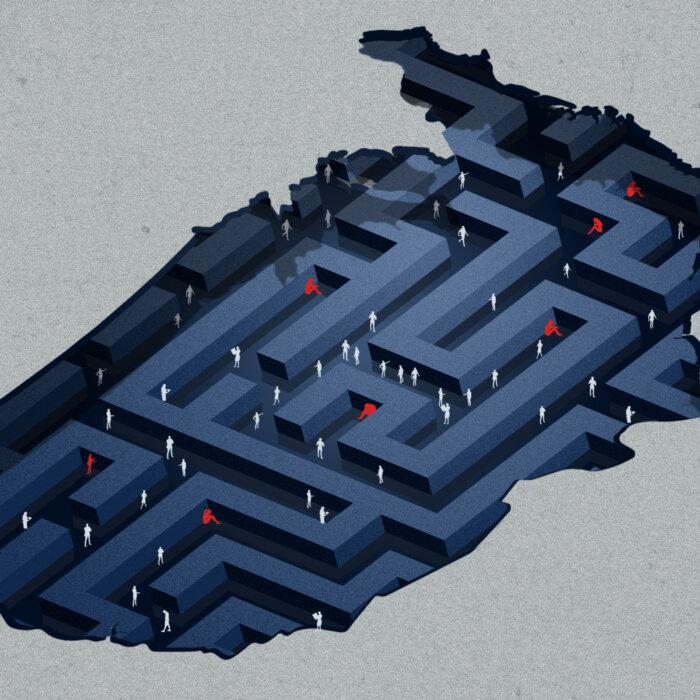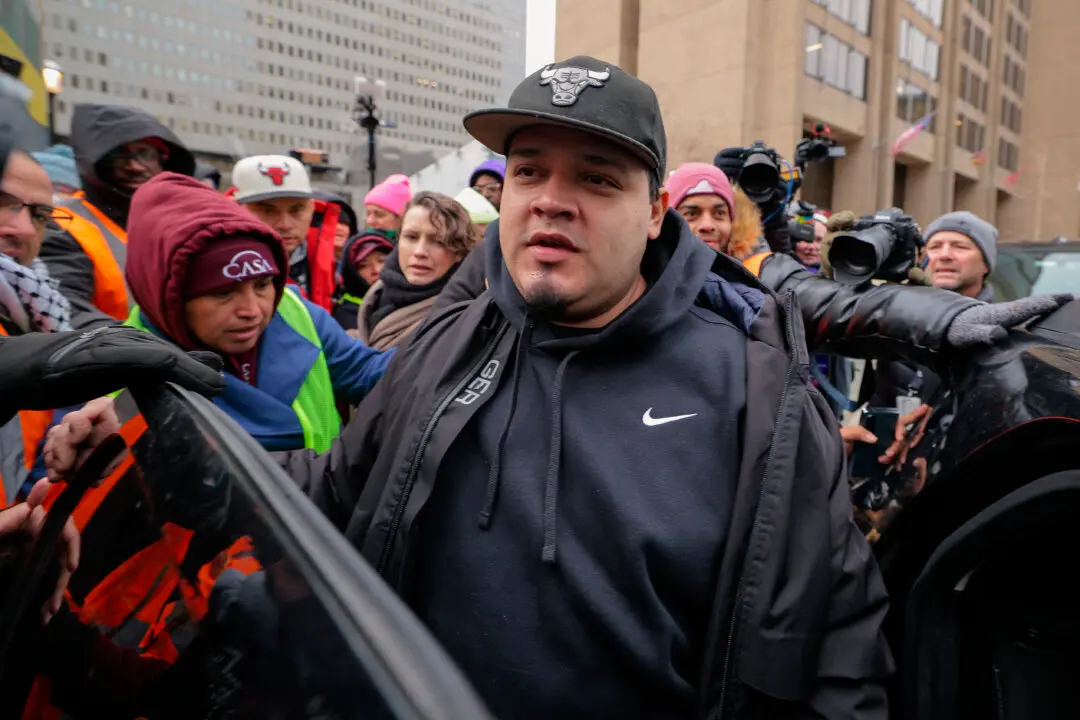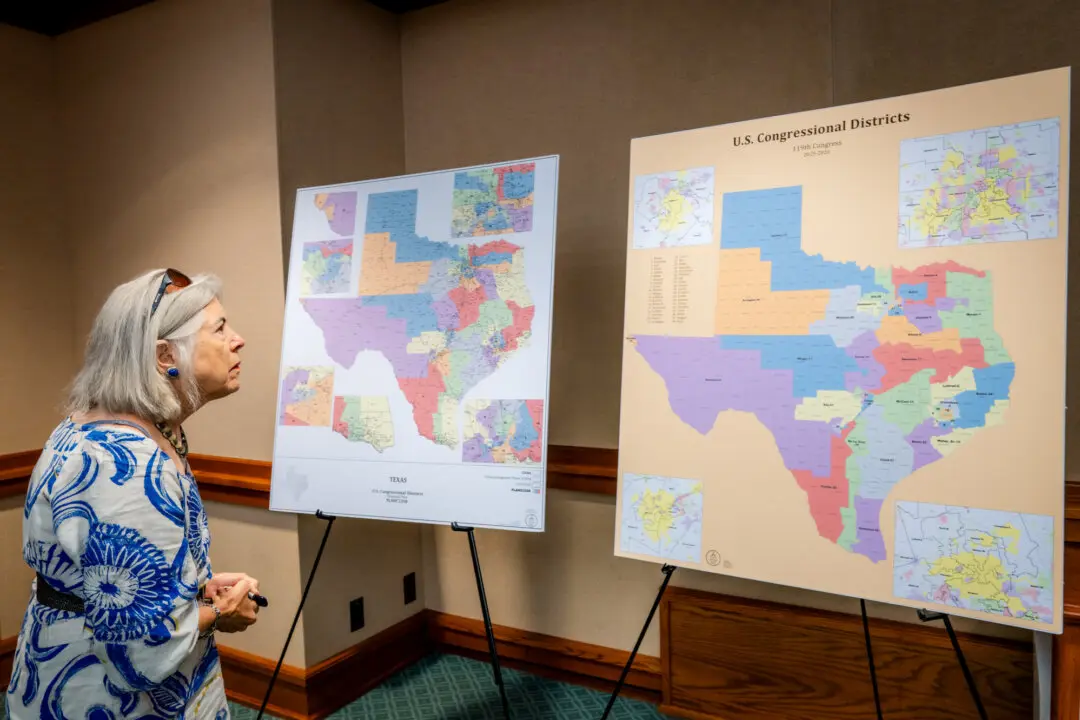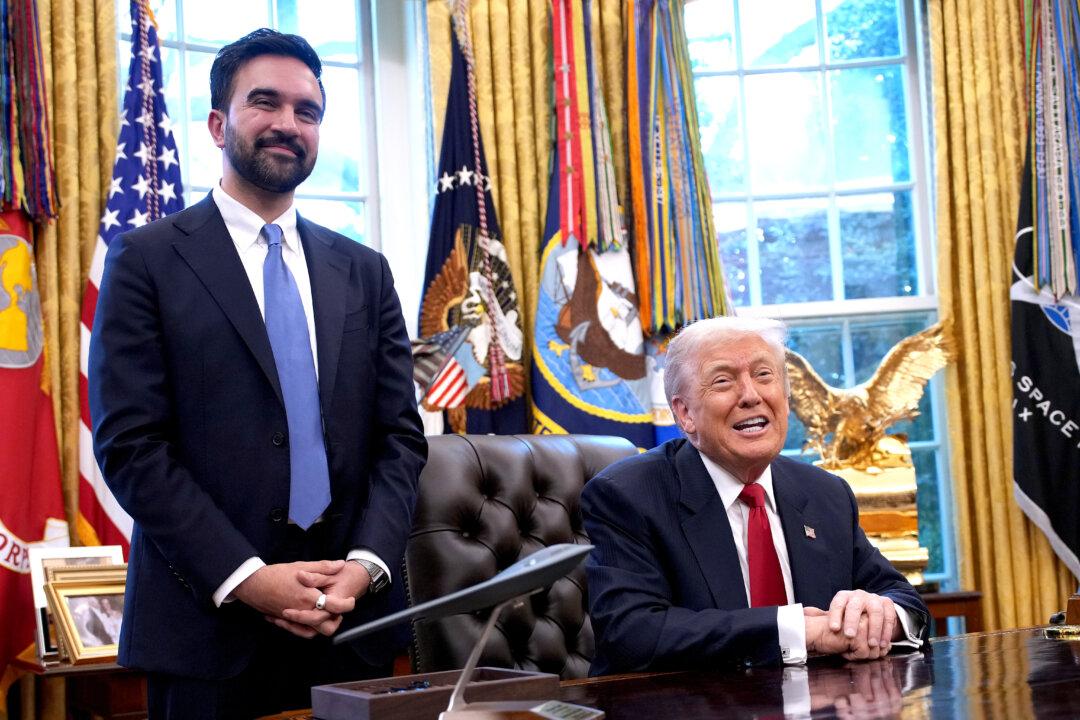Since the COVID-19 pandemic began, mental health in the United States has significantly declined, with rising cases of anxiety and depression affecting around 40 million and 17 million adults respectively.
With rising cases of generalized anxiety disorder and panic disorder, experts attribute an increasing number of patients to economic uncertainty, social isolation, and overwhelming exposure to news and social media.
While an estimated one out of every six Americans will likely experience depression at some point, major depressive episodes are more severe.
Mental health outpatient therapist Elizabeth Douglas has seen a surge in anxiety disorders and depression.
“There are noticeable changes. Mental health concerns—especially anxiety, depression, and burnout—have worsened for many,” Douglas told The Epoch Times.
Researchers have associated social media with potential negative mental health implications across all age groups, with symptoms such as depression and anxiety.
“Increased exposure to curated realities has led to feelings of inadequacy and fear of missing out,” Douglas said.
Despite these challenges, a positive trend has occurred. More adults in the United States have been seeking help for anxiety and depression and the stigma surrounding this issue has been fading.
With this growth more innovative and nonpharmacological approaches to treatment are being explored and accepted.
Dr. Nick Bach, a certified psychologist working with Grace Psychological Services in Louisville, Kentucky, has seen this change.
“What I’ve found helpful for many of my clients is emphasizing cognitive-behavioral therapy and mindfulness techniques. I think people benefit from learning how to ground themselves, regulate emotions, and challenge negative thinking,” Bach told The Epoch Times by email.
Elvis Rosales, clinical director of California-based Align Recovery Centers, has observed that in the past year, he’s seen an uptick in clients seeking more holistic therapies such as acupuncture, nutritional changes, art, and music.
“I think this reflects a growing understanding that mental health care needs to be comprehensive and cater to the individual’s entire well-being, not just the symptoms of anxiety or depression,” he said.
Experts emphasize the need for ongoing efforts to enhance mental health education, reduce stigma, and provide affordable treatment options.
“There’s still a long way to go in terms of ensuring everyone has access to the care they need,” Rosales said.
“More robust mental health education, continued destigmatisation, and affordable treatment options are essential to maintaining this progress.”
